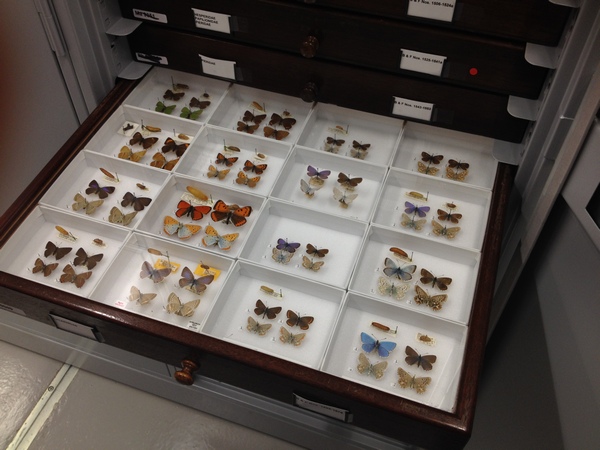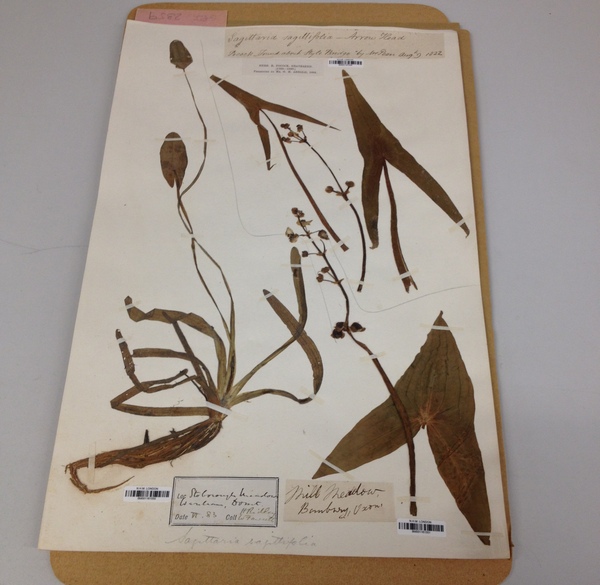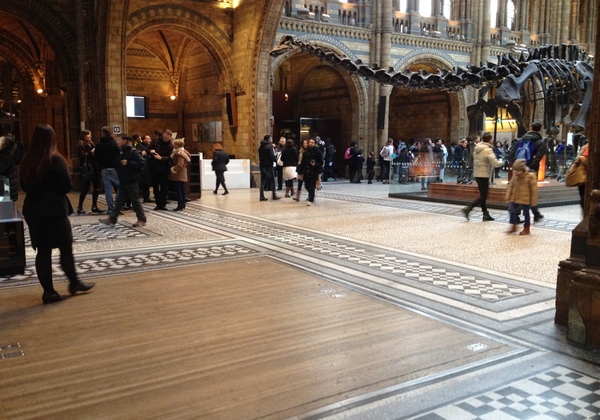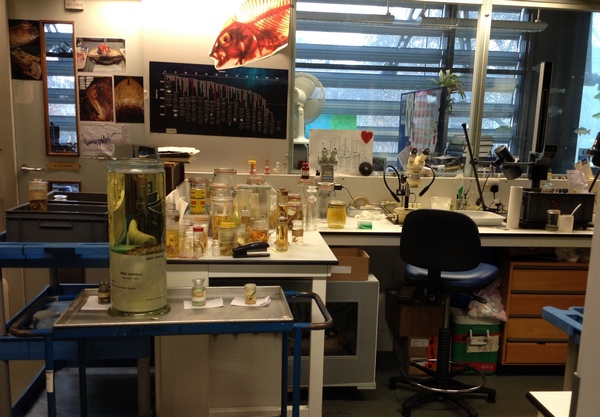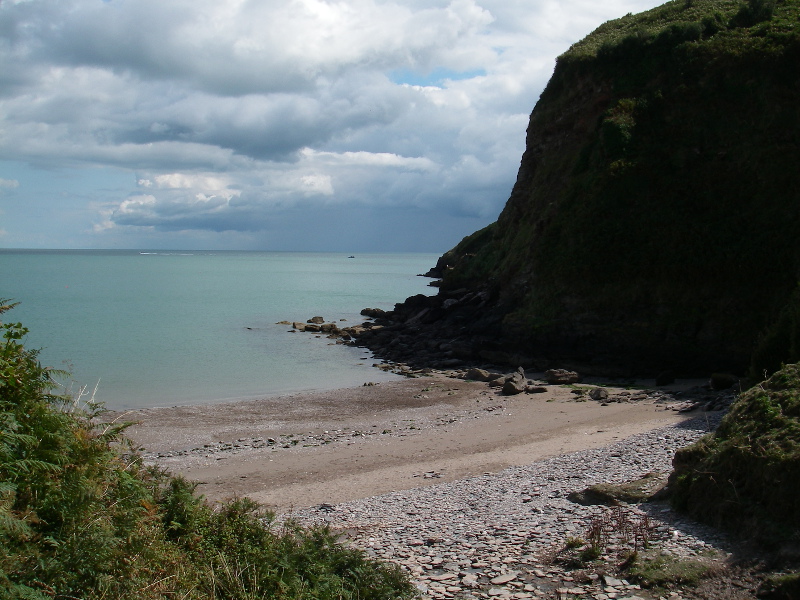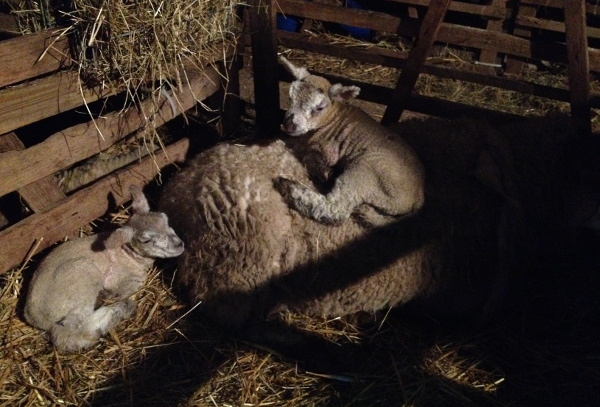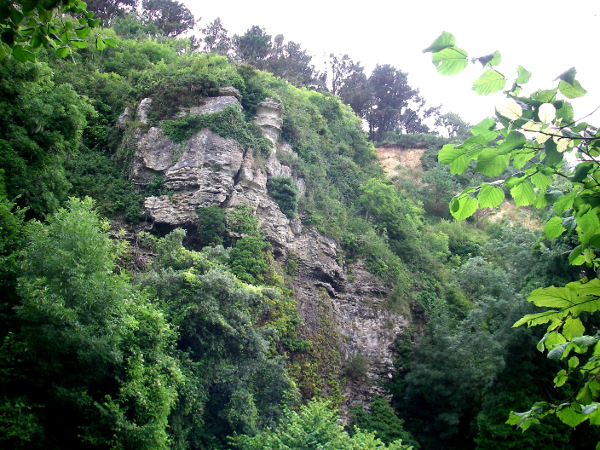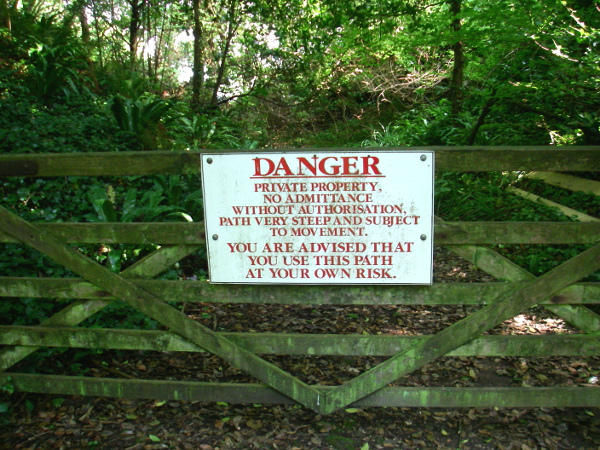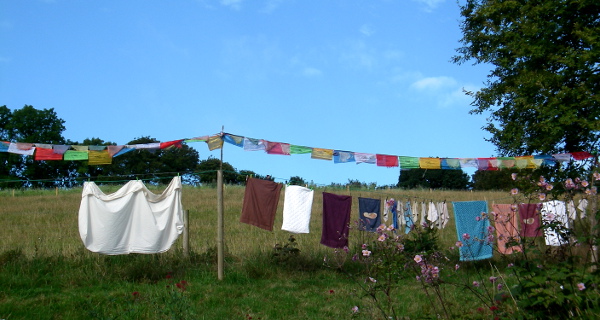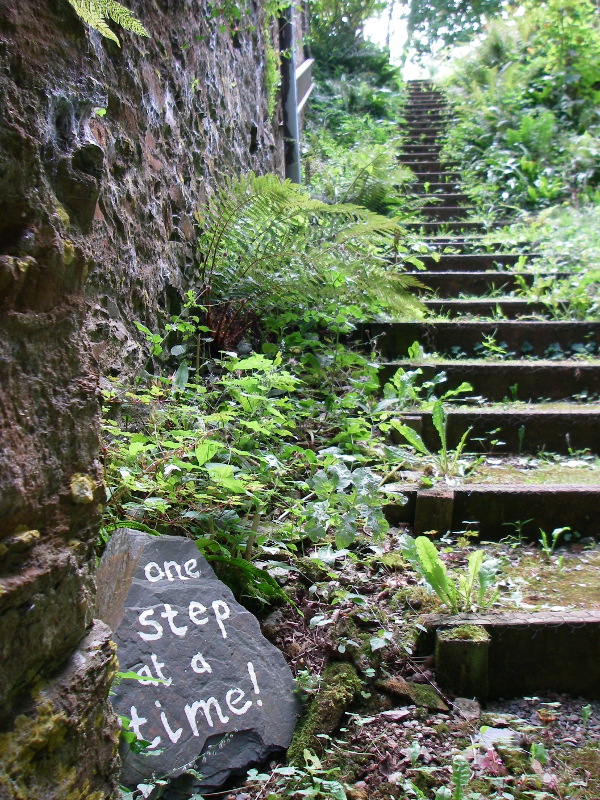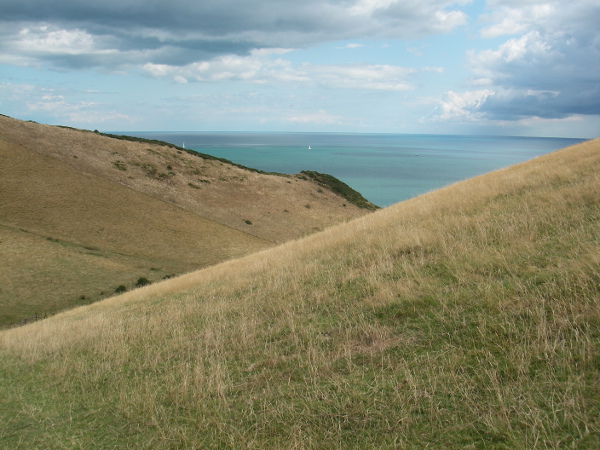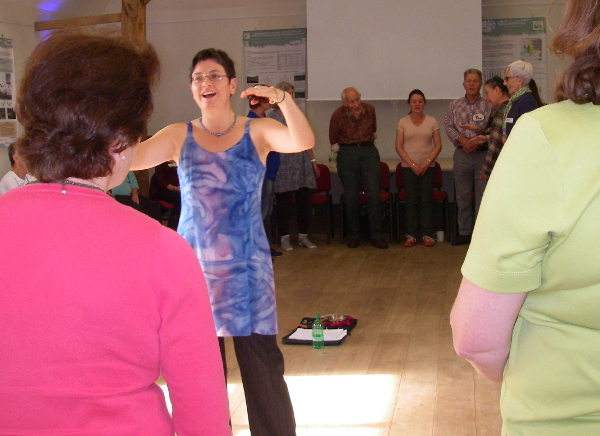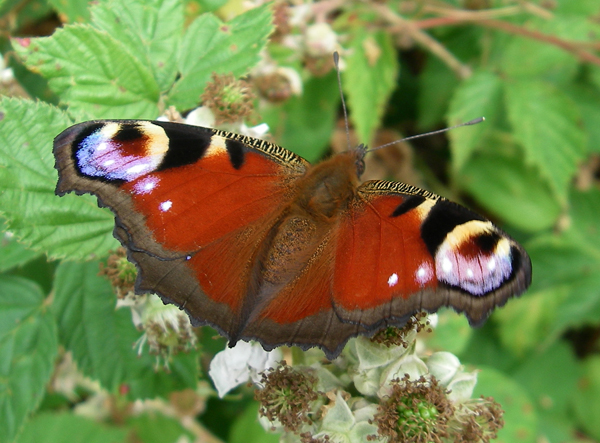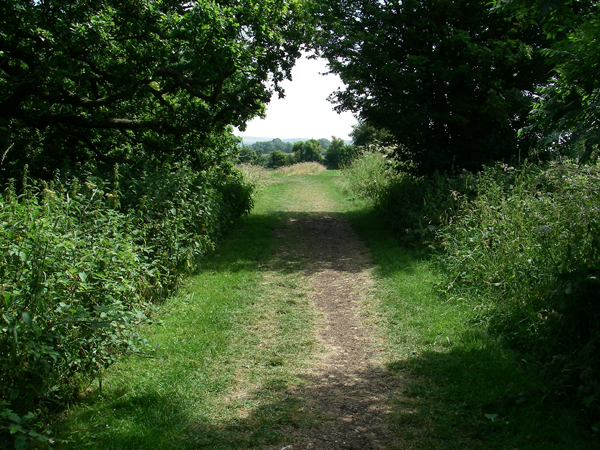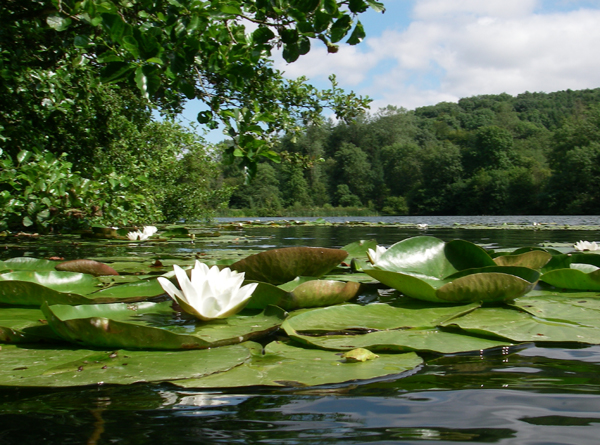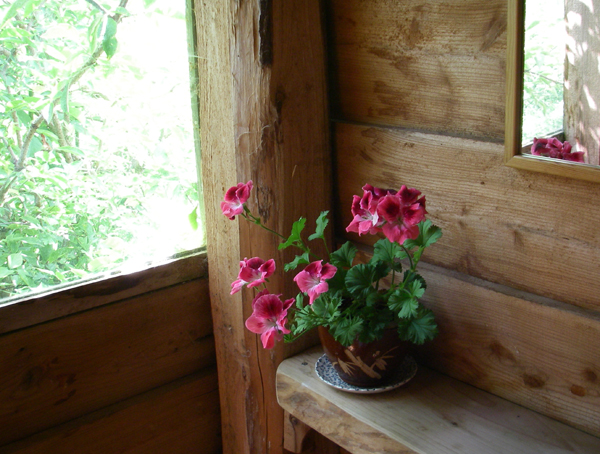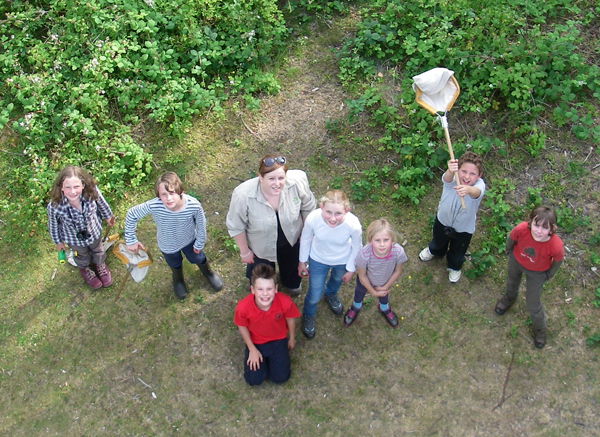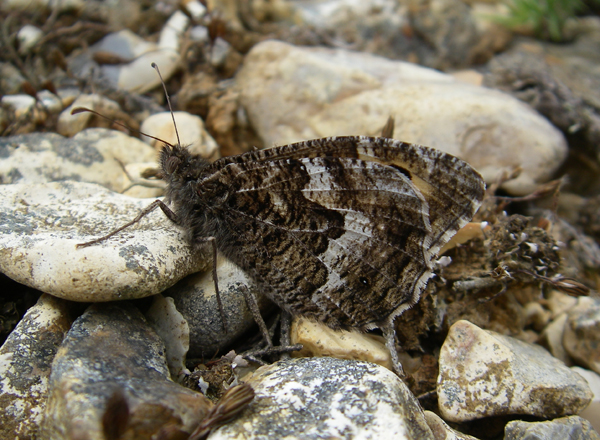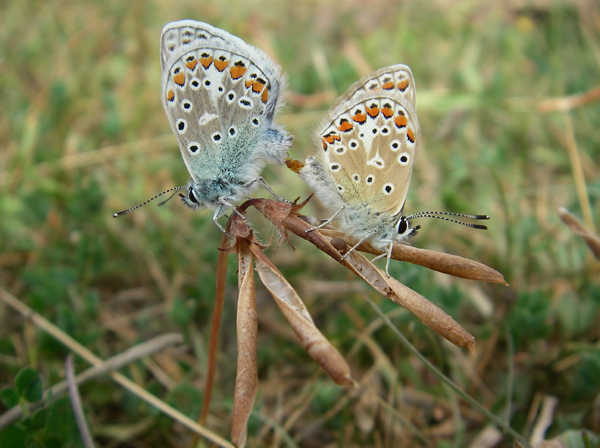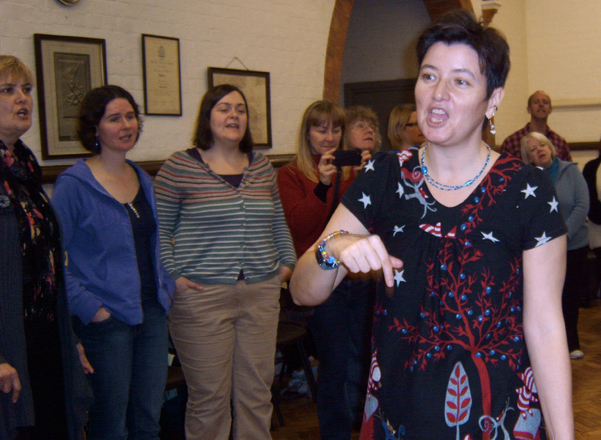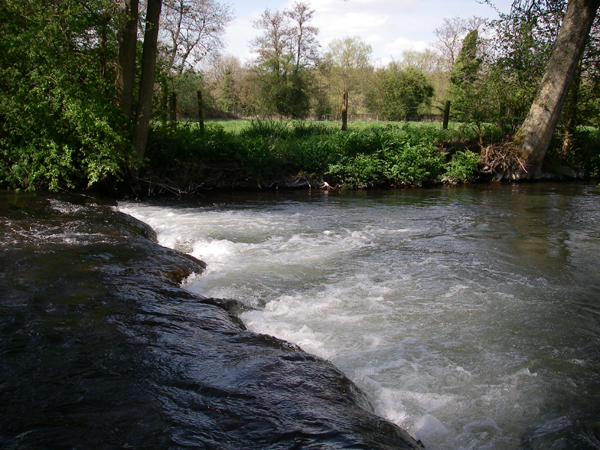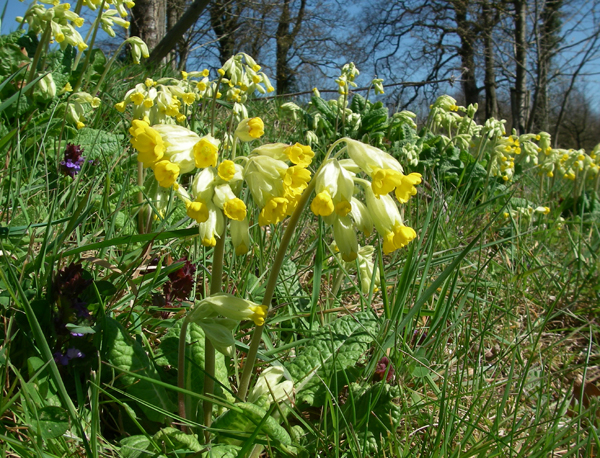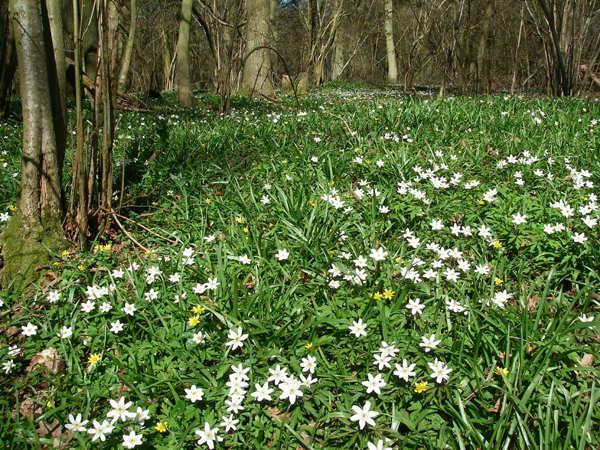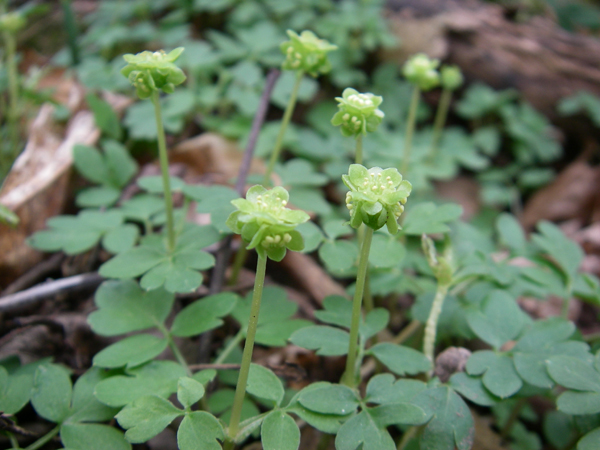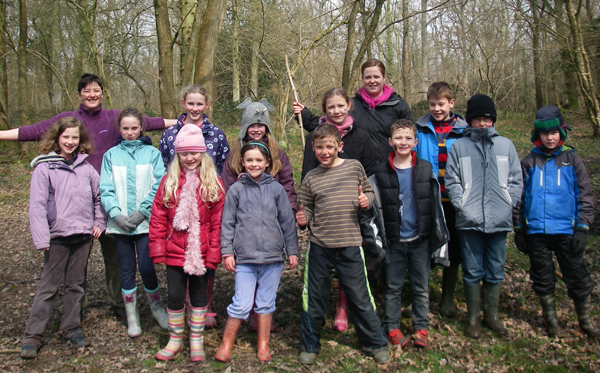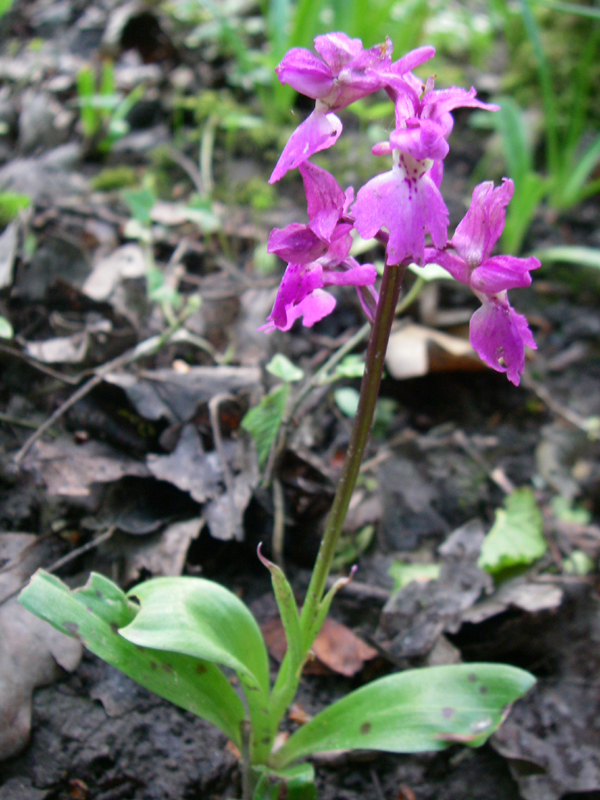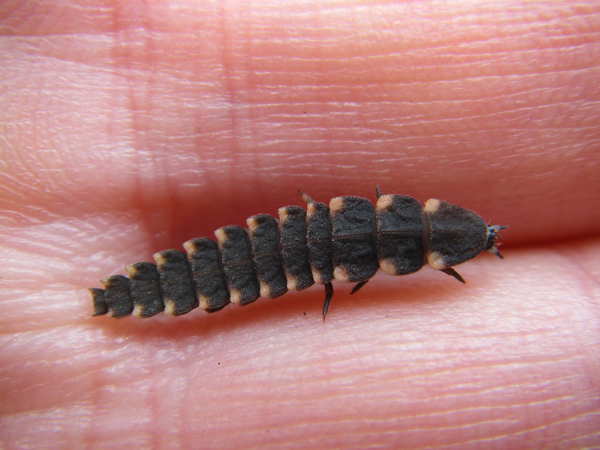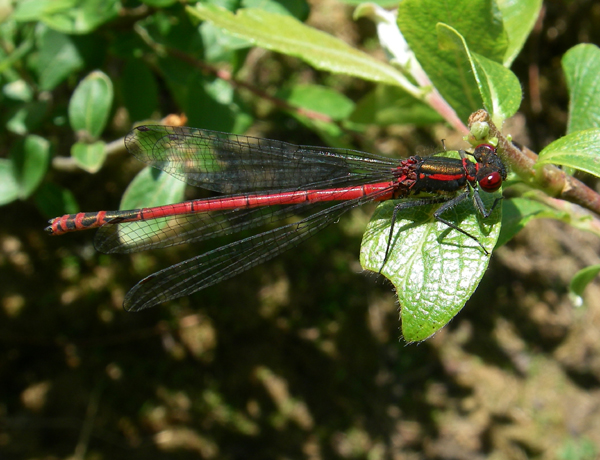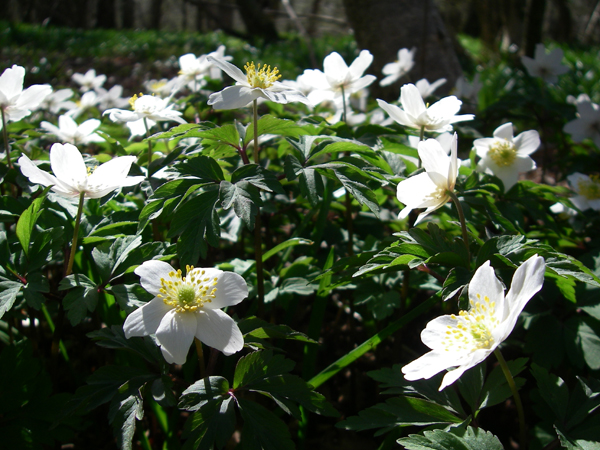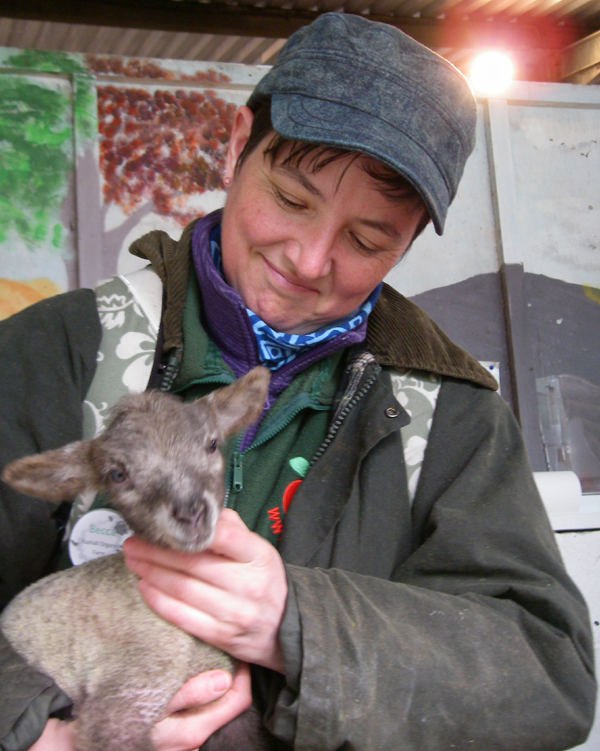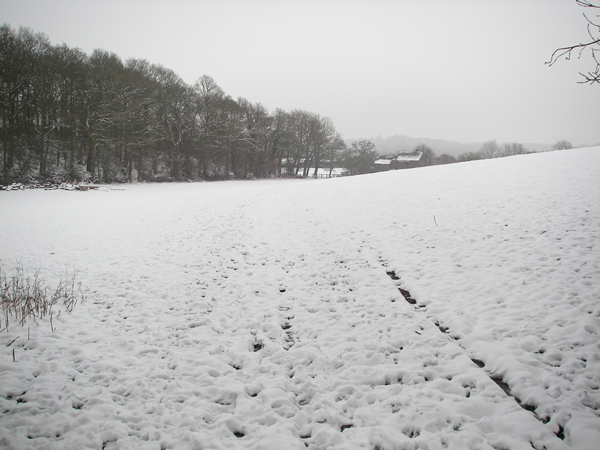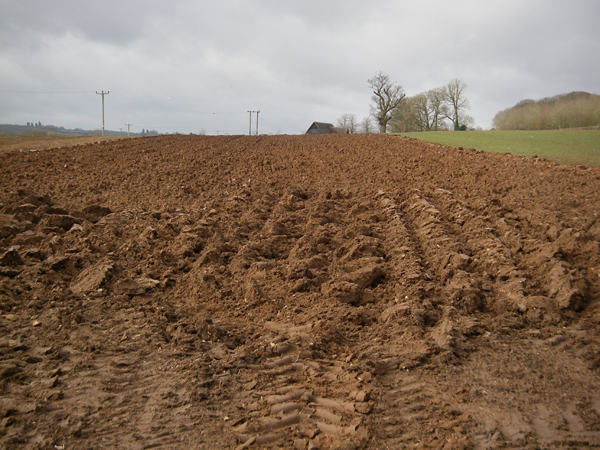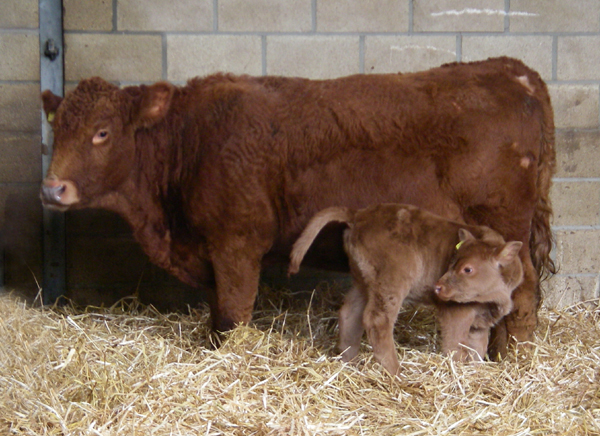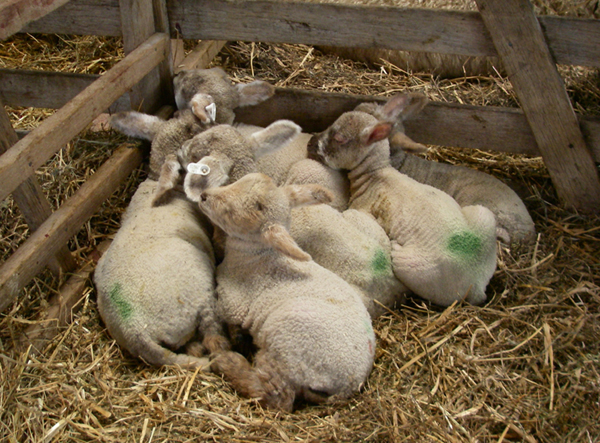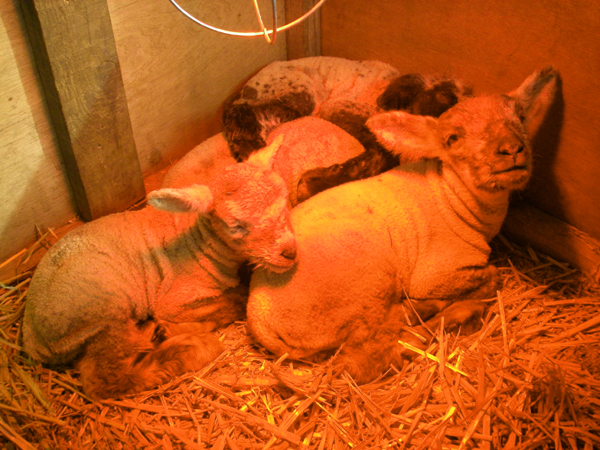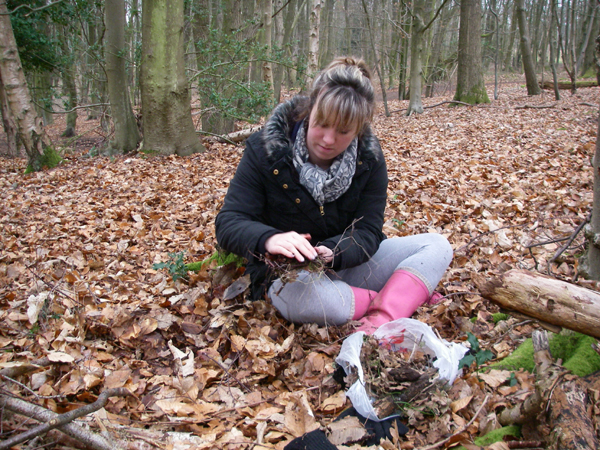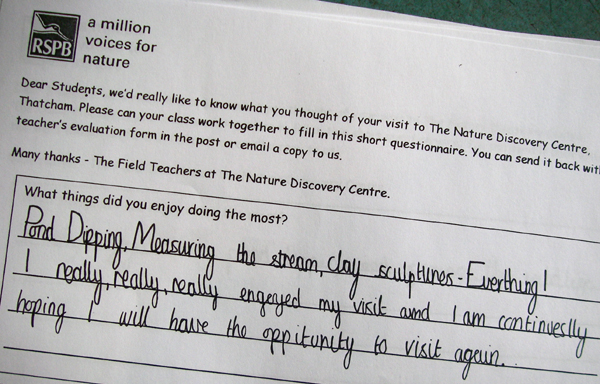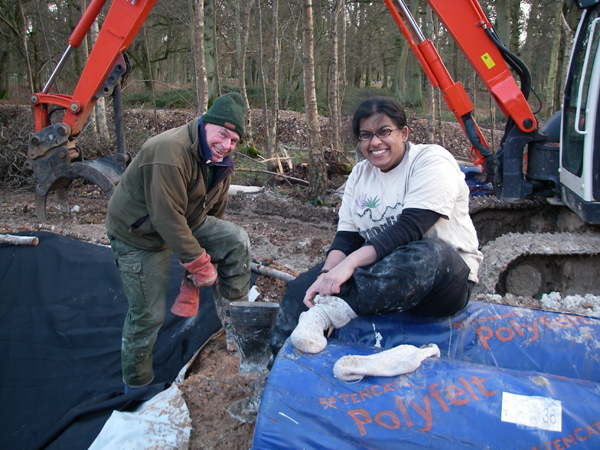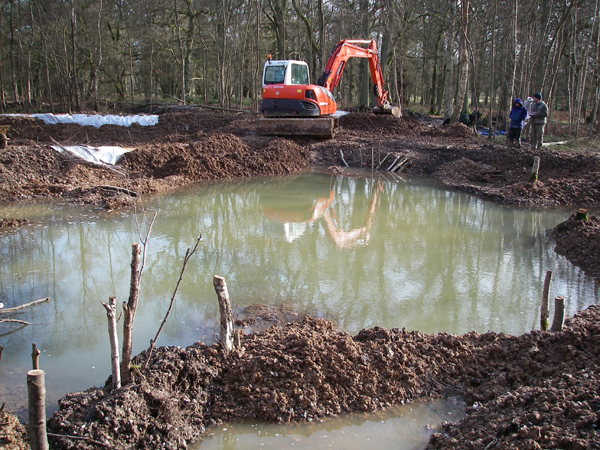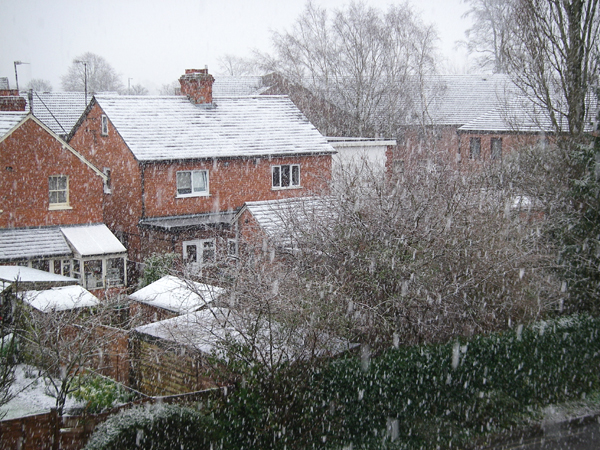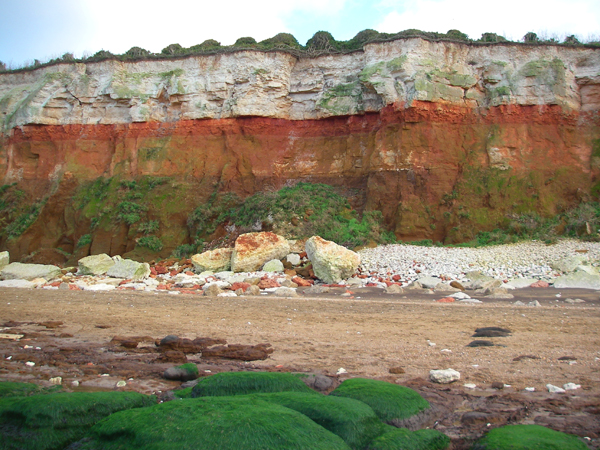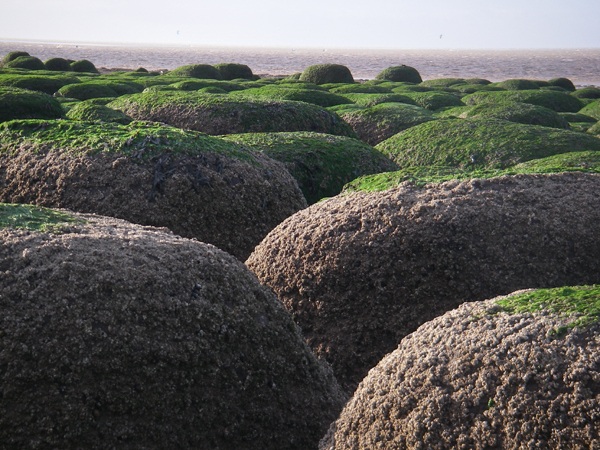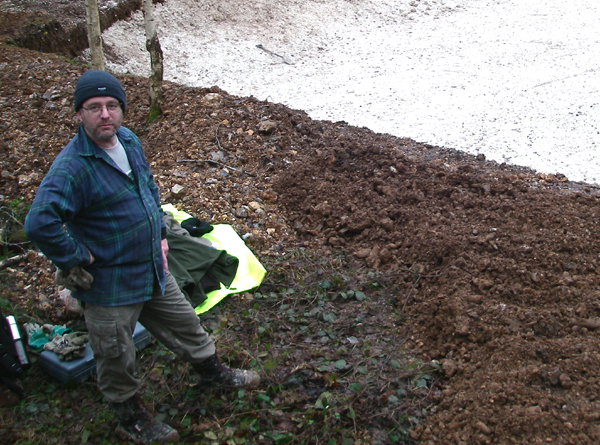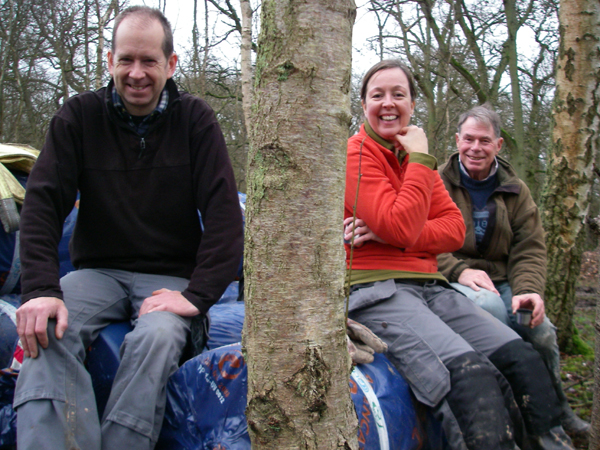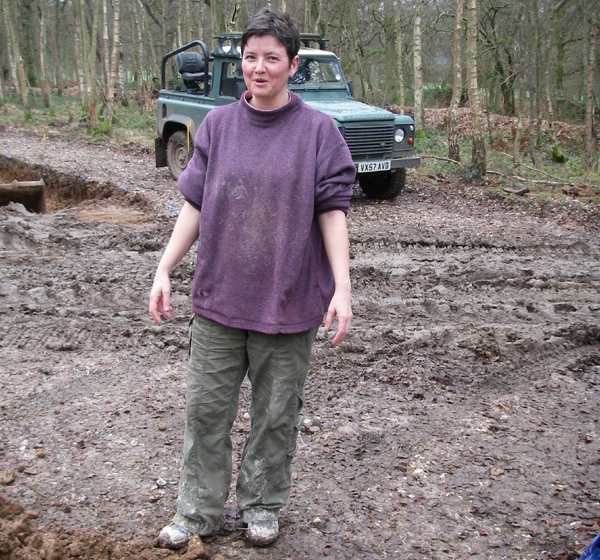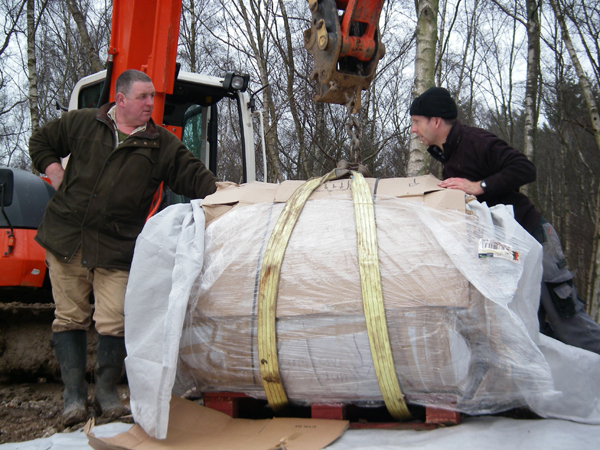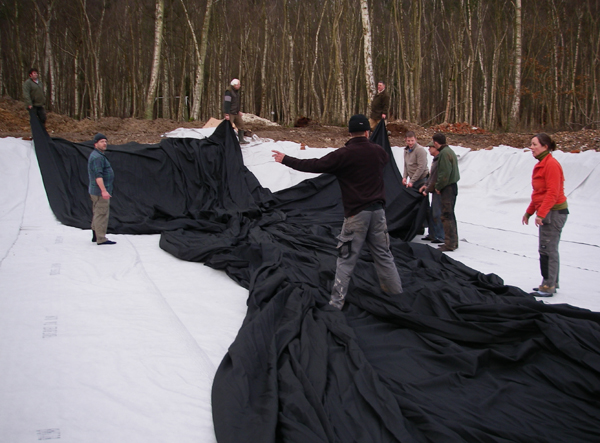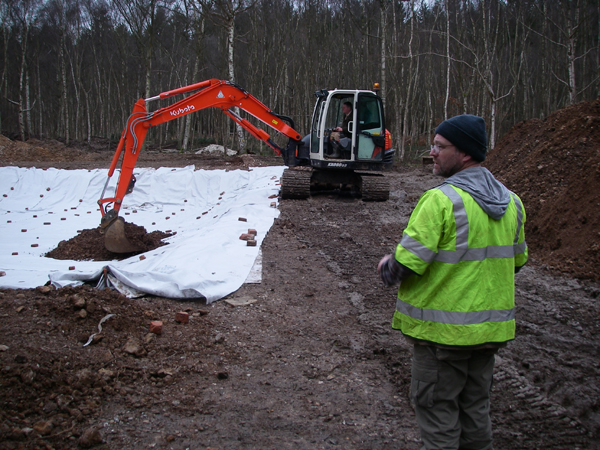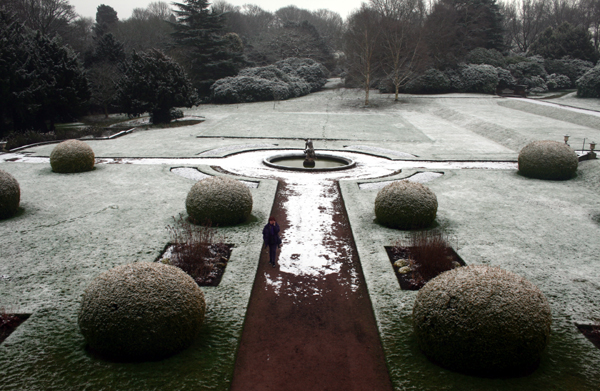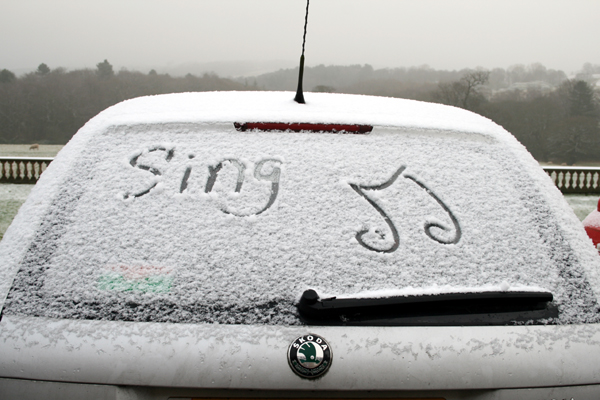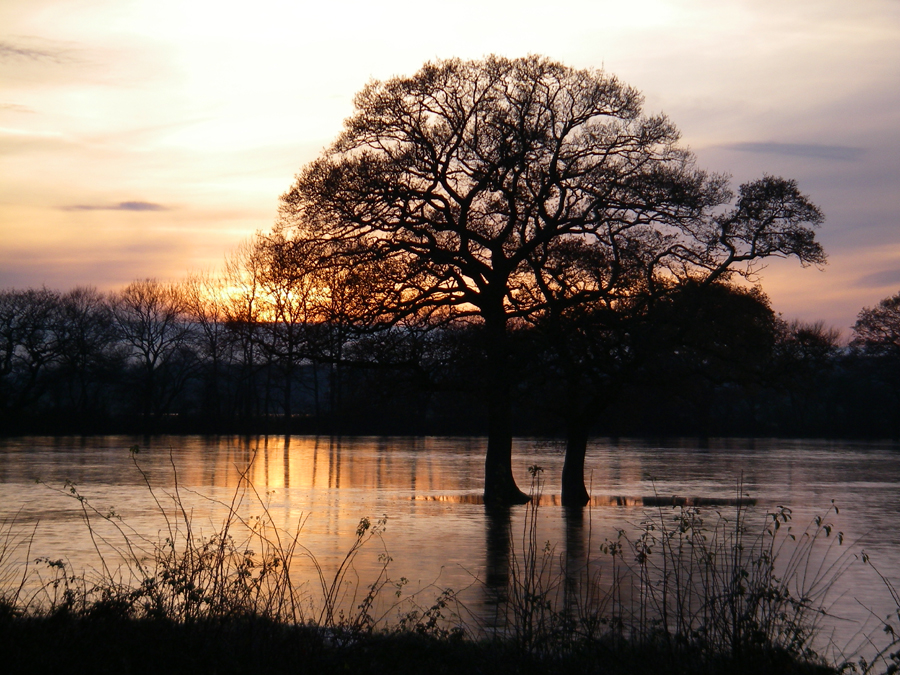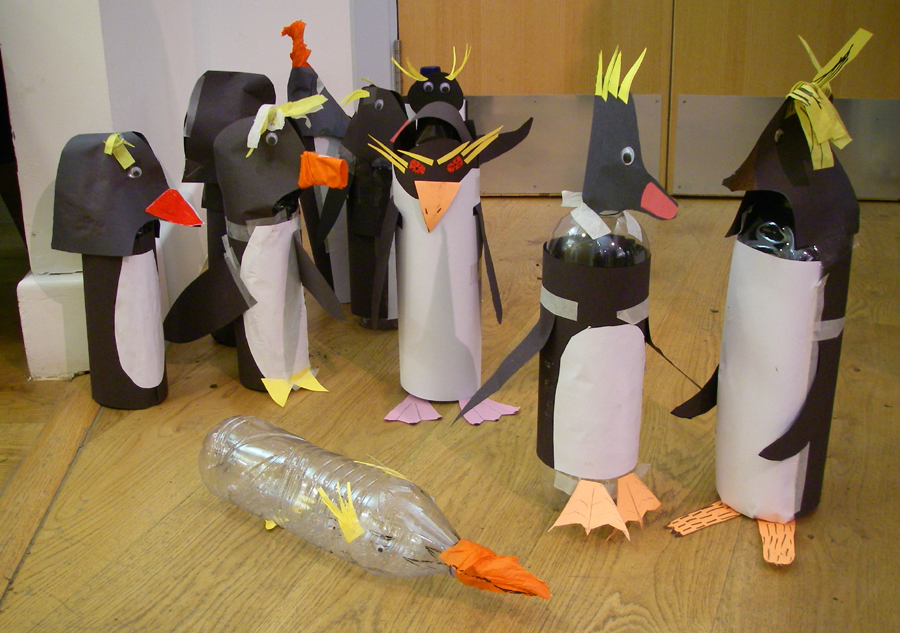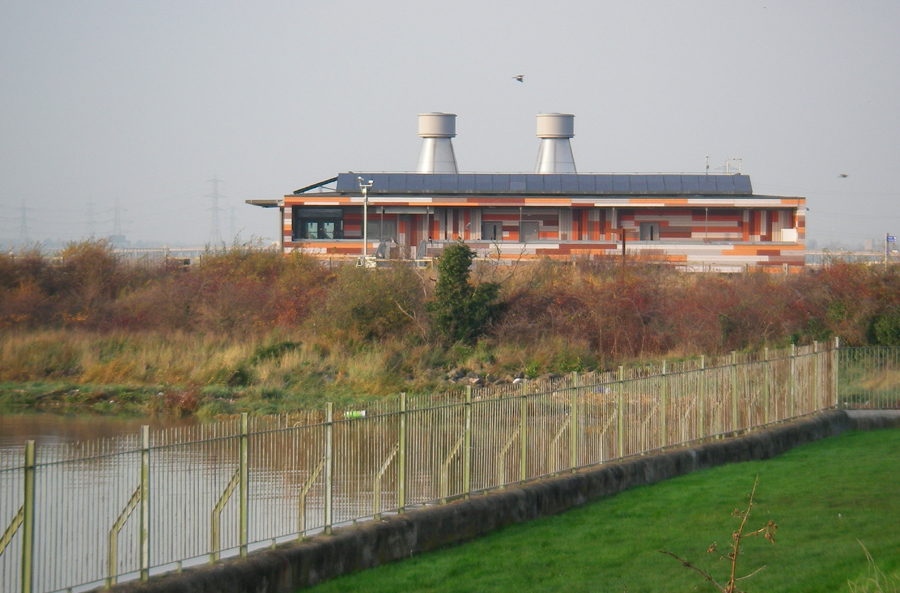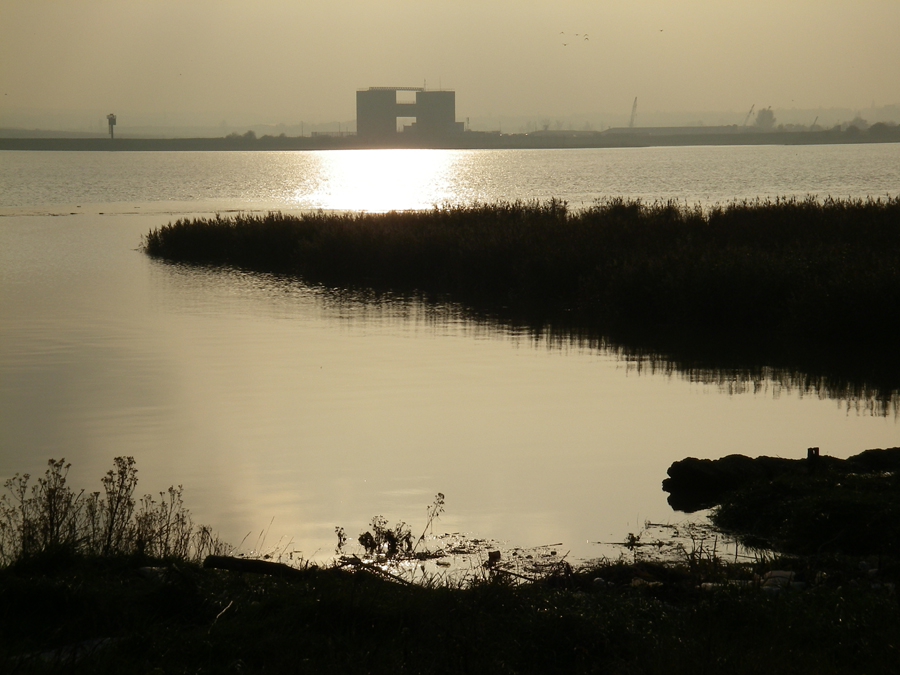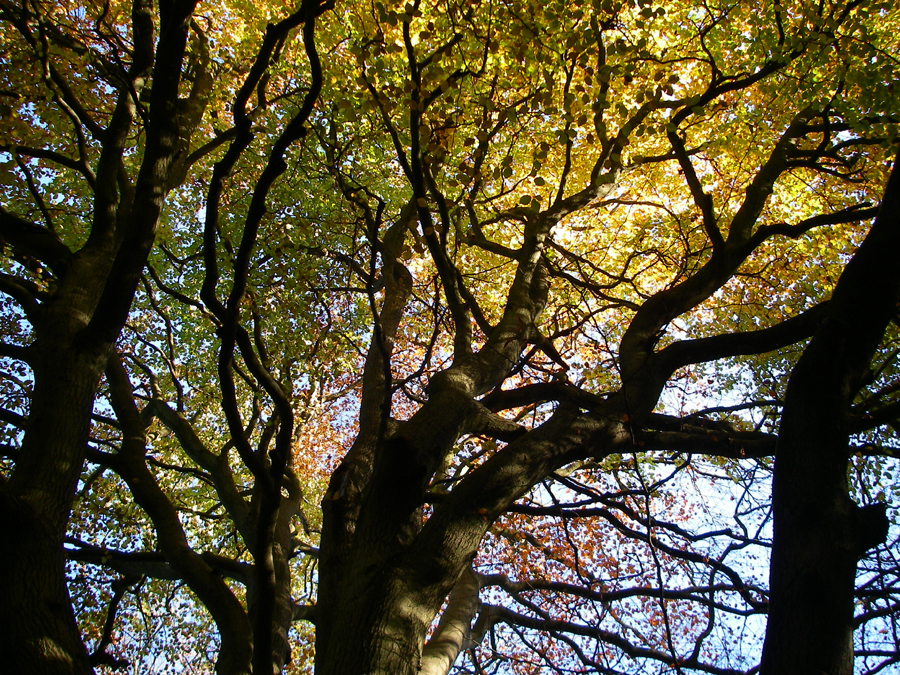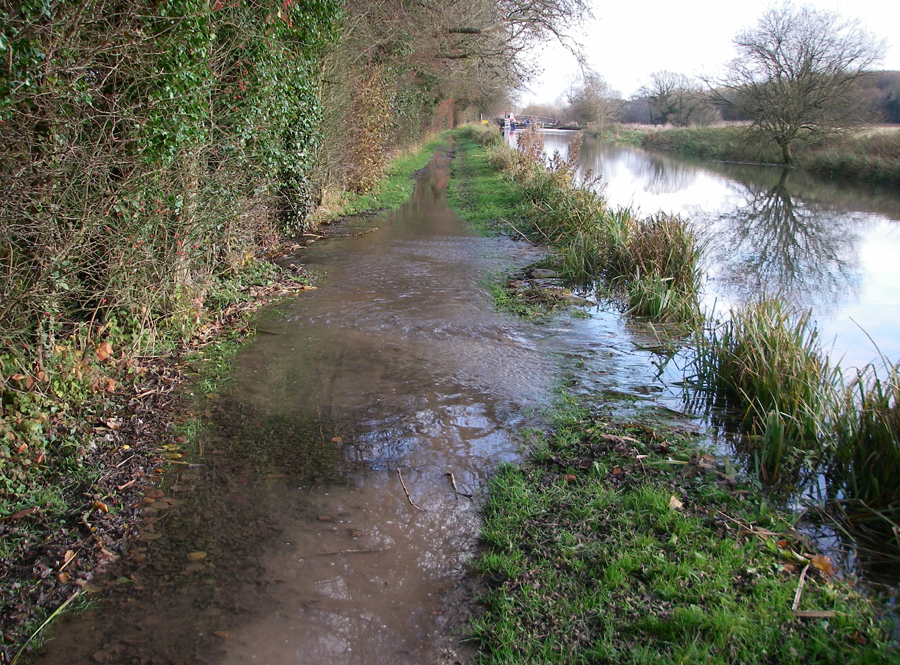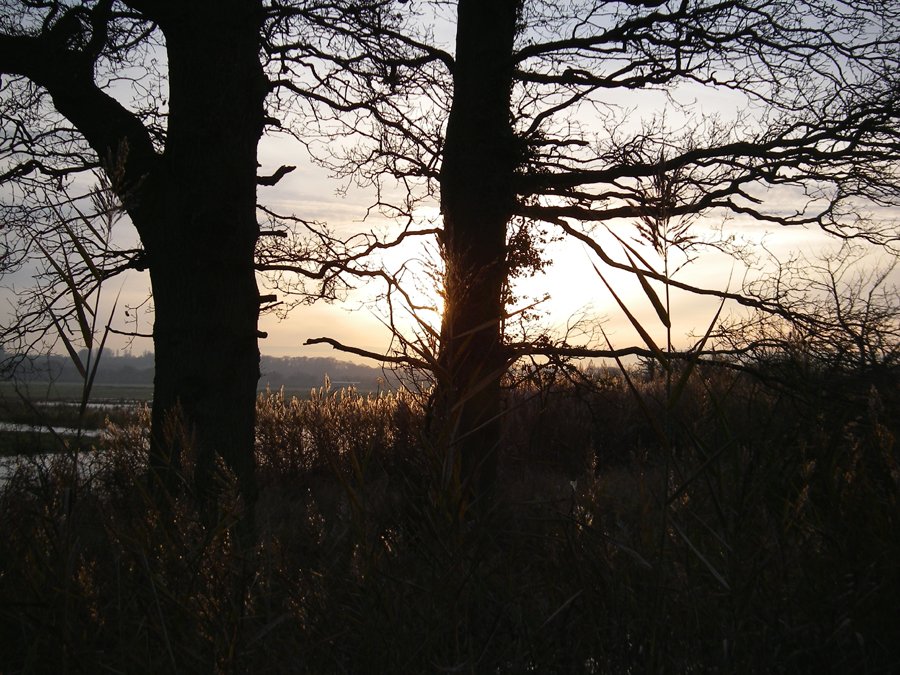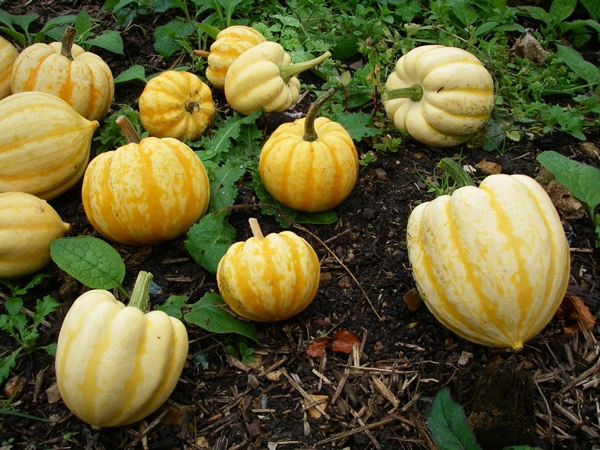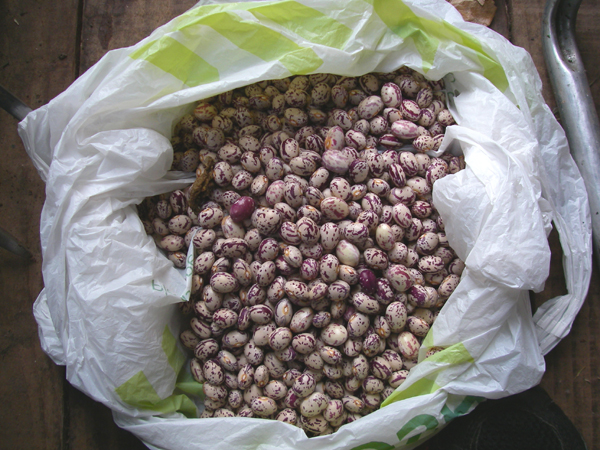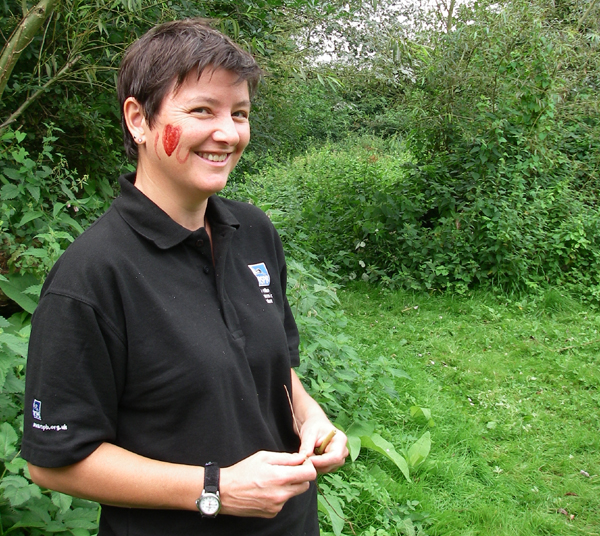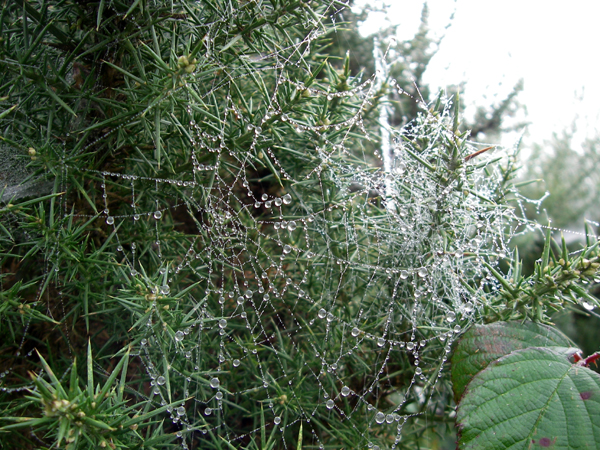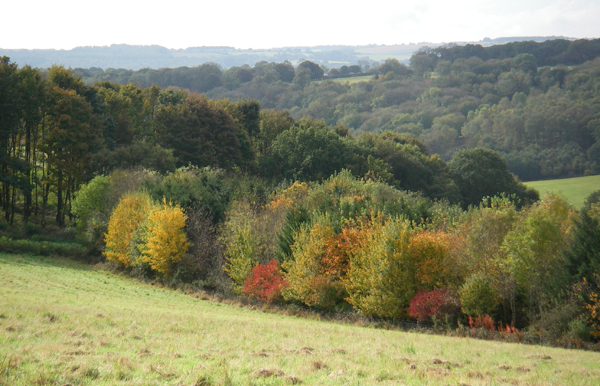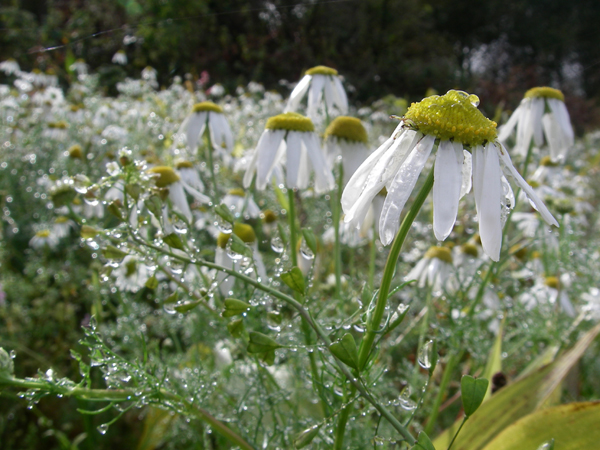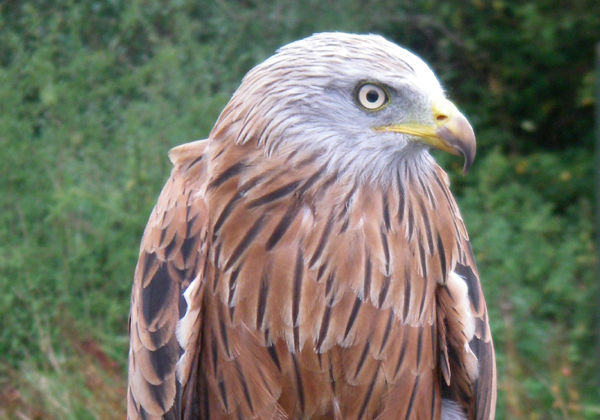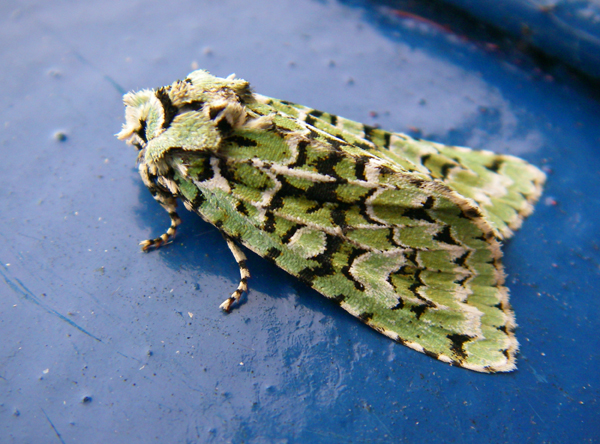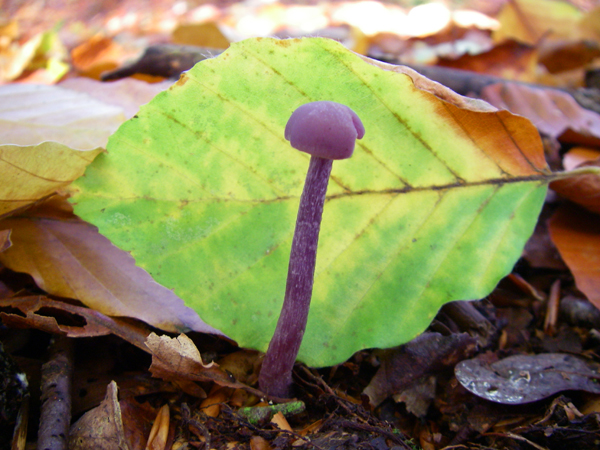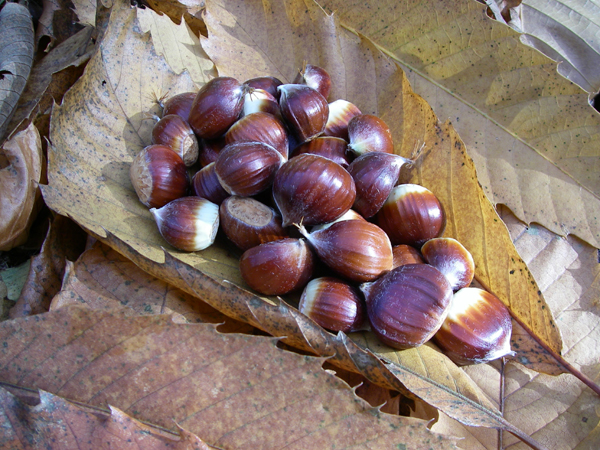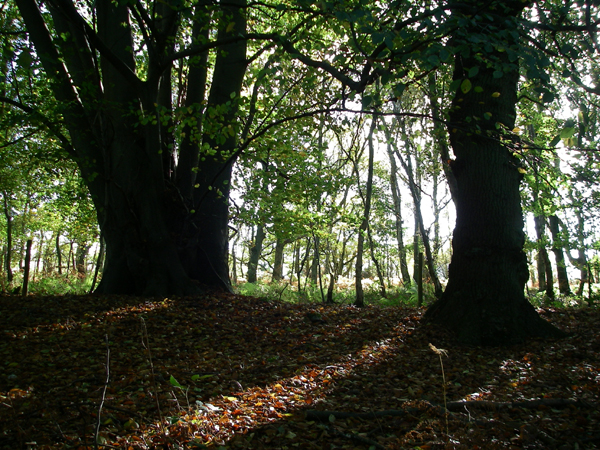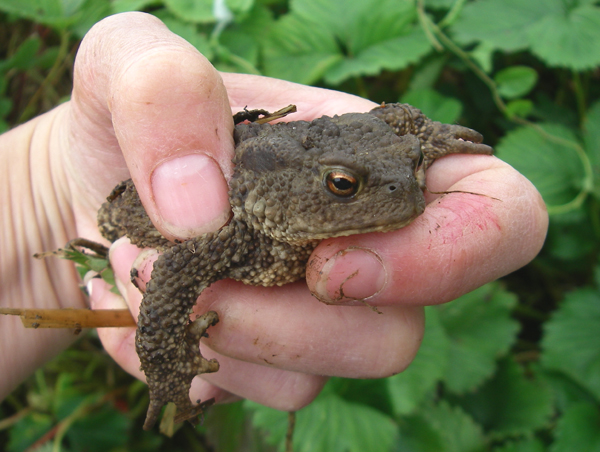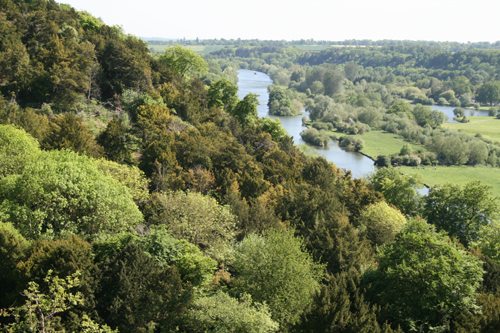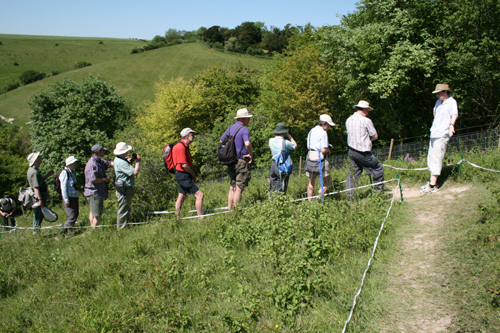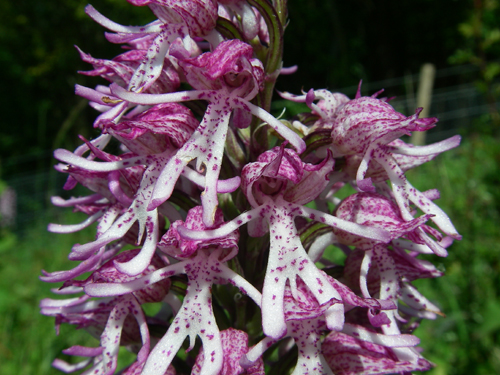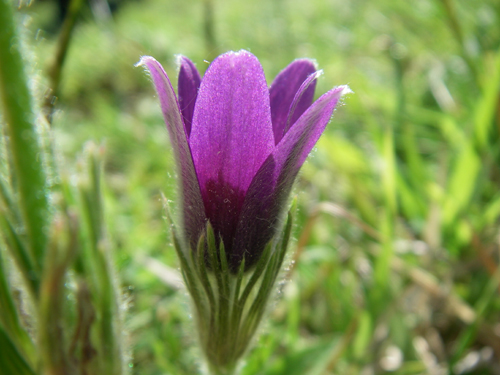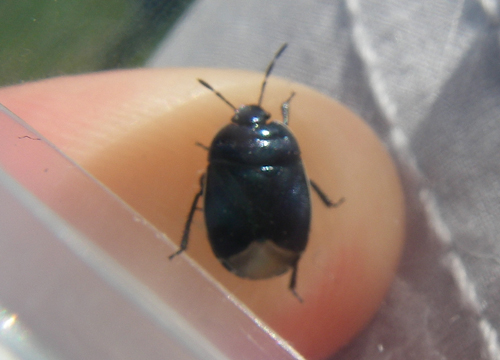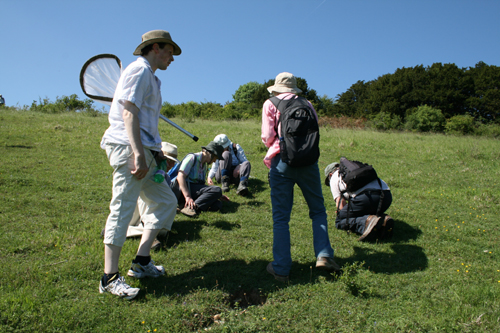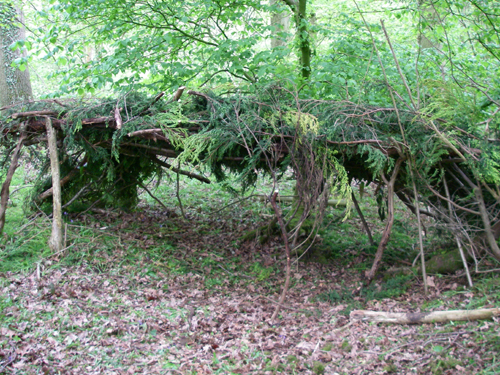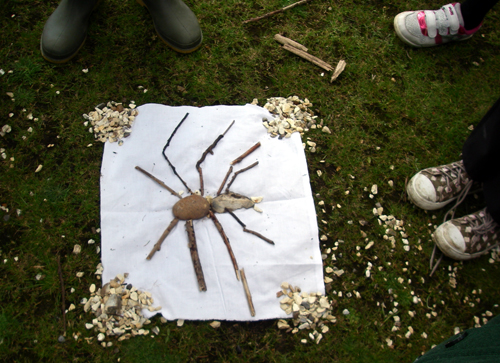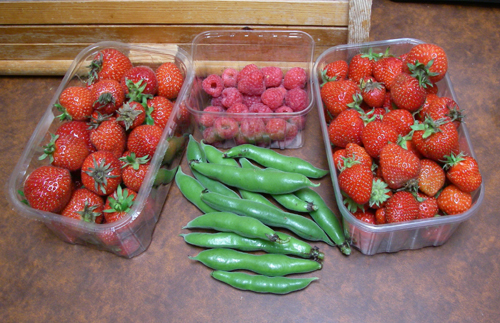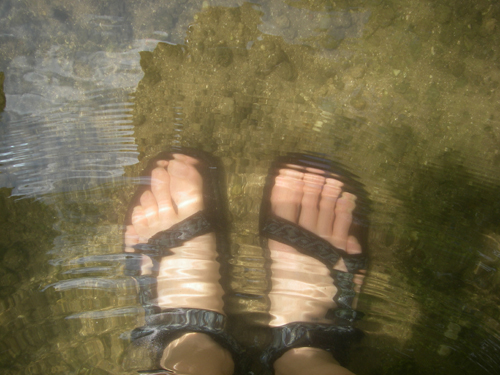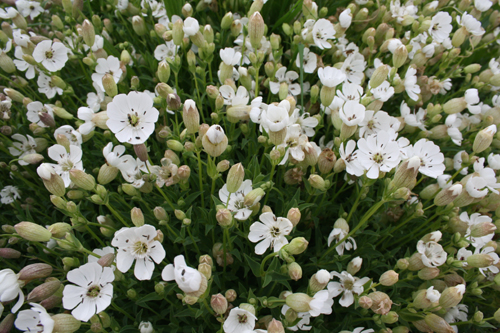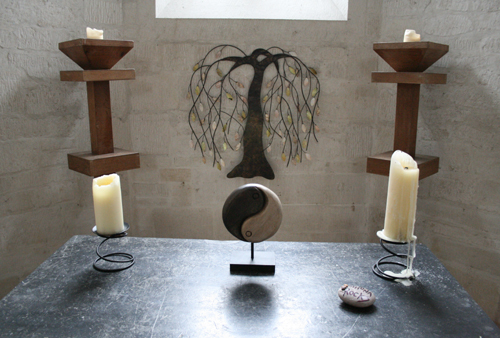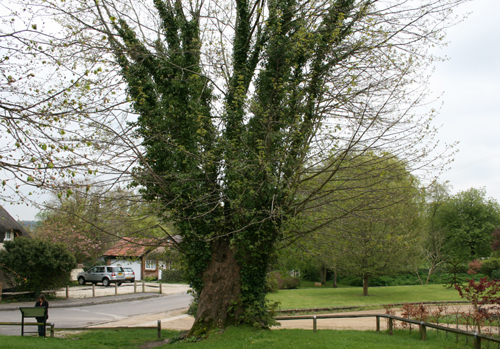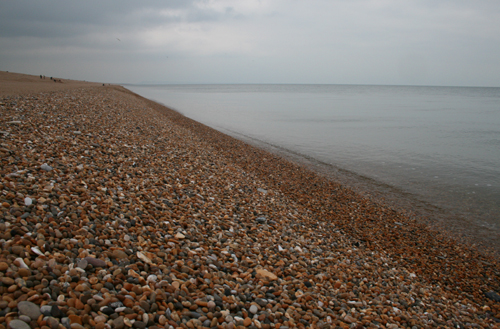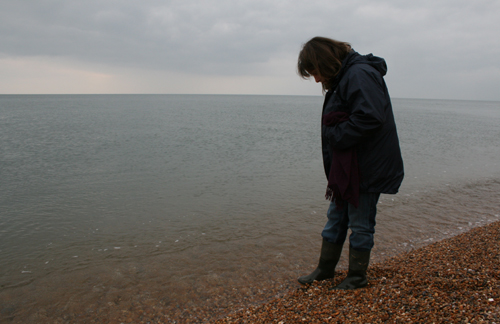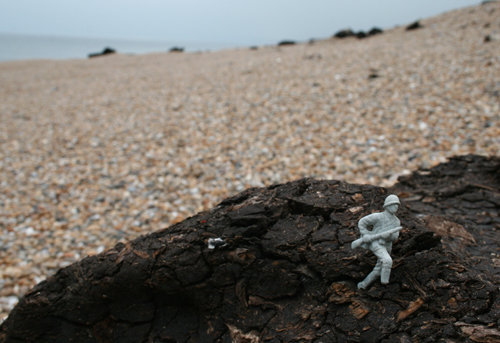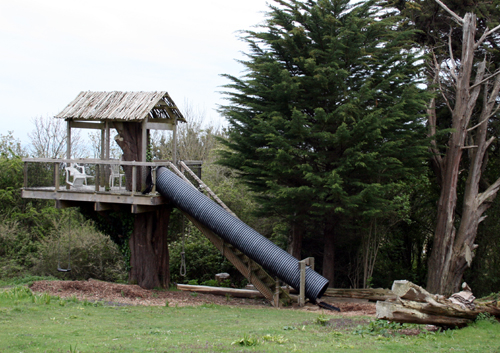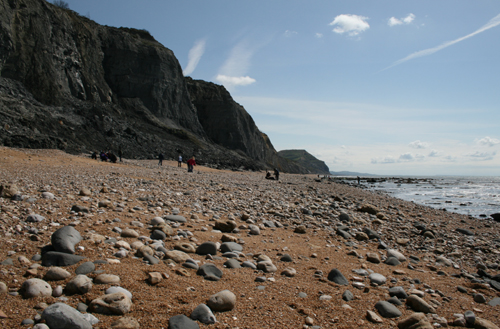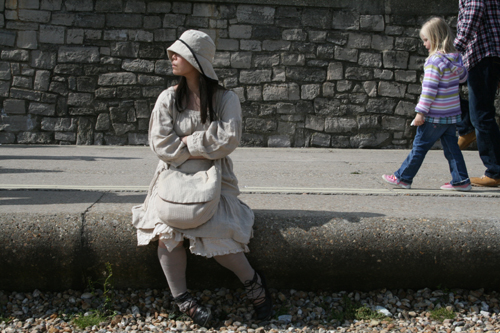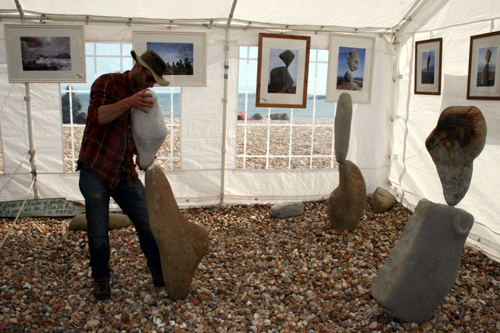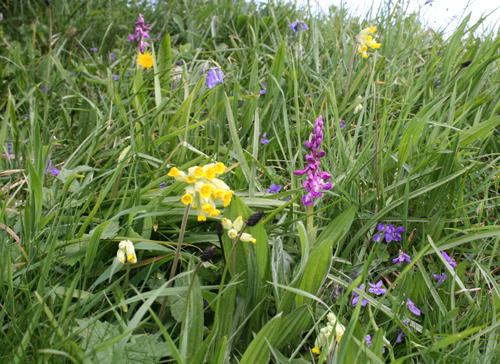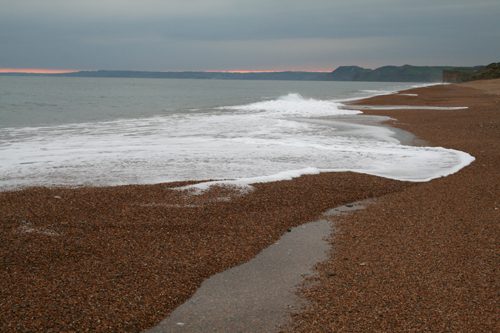‘It is bad news to science museums when four in ten Americans believe humans lived
with dinosaurs, and fewer than two in ten understand the terms “molecule” and “DNA.” ‘
– Larry Witham
I am lucky enough to have a good friend who works at the Natural History Museum in London, and back in mid-December he generously gave me a behind-the-scenes tour of the museum. Me being a complete geek (and proud of it), this was the equivalent of finding a Willy Wonka golden ticket to the chocolate factory. I find all science fascinating and biology particularly so (this being the discipline that I know most about), so an access-all-areas exploration of this amazing place was a real treat. We started our day by visiting the NHM’s new and famous acquisition, Sophie the stegosaurus, thought to be the most complete (80%) stegosaurus fossilised skeleton in the world.
My friend Chris works in the Life Sciences department of the museum, managing the UK Species Inventory. It’s hard to overstate how important this inventory is: essentially, if we don’t know what wildlife species we’ve got, it becomes virtually impossible to conserve them effectively. Identification and taxonomy (the science of defining and naming species) are increasingly neglected skills, so much so that the NHM is offering traineeships to encourage more people to champion these branches of science.
Chris is based in the Angela Mormont Centre for Biodiversity, which is tucked away within the Darwin Centre and Cocoon, impressive modern additions to the NHM’s original glorious Victorian Gothic architecture. The new building provides space for housing the museum’s massive collection of biological specimens, whilst also providing an opportunity for the public to learn about and observe the work of the scientists housed within.
 Originally, museum specimens were stored in wooden specimen cabinets: precision-crafted pieces of furniture which can still be seen in corridors underneath the museum. Whilst these older cabinets are beautiful pieces of work, they are not ideal for maintaining the stable and pest-free environment that most specimens require, so they have been mostly replaced with more hi-tech storage systems.
Originally, museum specimens were stored in wooden specimen cabinets: precision-crafted pieces of furniture which can still be seen in corridors underneath the museum. Whilst these older cabinets are beautiful pieces of work, they are not ideal for maintaining the stable and pest-free environment that most specimens require, so they have been mostly replaced with more hi-tech storage systems.
Whilst the new grey metal cabinets lack the character of the old wooden ones, they undoubtedly protect the museum’s collection more effectively. And the collection is both massive and hugely valuable, both to science and to culture. Each bay contains several cupboards, each cupboard housing rows of drawers crammed with specimens of all sorts.
The museum’s collection of specimens is vast, having been gathered over the past 400 years. There are 61.5 million animal specimens (including 34 million insects); 7 million fossils; 6 million algae, lichens and plants; and 500,000 rocks, gems and minerals. I felt somewhat awestruck by the sheer volume of material, but also the history attached to the specimens: all those collectors – amateur naturalists and botanists and geologists and fossil hunters – adding over the centuries to our sum of knowledge about the amazing diversity of our natural world. It felt like time travel, looking at some of them (like this Arrowhead Sagittaria sagittifolia collected in 1822 from Mill Meadow, Banbury).
Generally you need a TARDIS for time travel: and like a TARDIS, the museum seems bigger on the inside. Travelling along warrens of corridors and down many stairs took us to a spot in the basement well-known to museum employees, Giraffe Corner. The clue is in the name: this is a tall storage space where giraffe specimens were once parked.
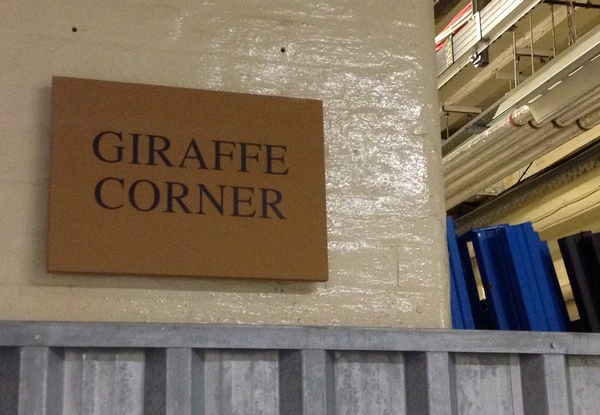 Nowadays Giraffe Corner is used mostly as a reference point for people navigating the basement, although a hatch still connects the space to the display area above… Which is right in the entrance hall of the museum (you can see the wooden trapdoor through which the giraffes would have been hoisted up and down).
Nowadays Giraffe Corner is used mostly as a reference point for people navigating the basement, although a hatch still connects the space to the display area above… Which is right in the entrance hall of the museum (you can see the wooden trapdoor through which the giraffes would have been hoisted up and down).
As the museum has been replacing its older wooden specimen cabinets with new metal ones, the vintage cabinets have become available for purchase by entomologists, naturalists or anyone who would like them. There are hundreds of them knocking about in storage rooms, gradually being sold off to any interested parties. Some of the most interesting of these superbly-crafted pieces were cases made to protect specimens during the London Blitz. Each of these cabinets is small enough to carry, with a handle on the top: the idea being that when the air raid sirens went off, someone would take the specimens with them to the shelter!
Of course while the museum is a vintage establishment, it’s also crammed to the gills with brand spanking new technology and hi-tech stuff as well. Should a dolphin or other cetacean wash up dead in the Thames, there is an autopsy room at the museum which looks like something straight out of Roswell.
The museum’s collection includes ‘wet specimens’ as well as dry or inert materials, and although time didn’t allow for us to tour these collections I did get a quick peek through a doorway at someone’s work in progress. My inner boffin was suitably gratified by this scene of weird things in jars, with a faint whiff of formaldehyde to reinforce the ambience.
It was a real privilege to see some of the mighty collection and hugely important work being done at NHM. I love the natural world, and value science enormously. When I teach, I’m always trying to communicate a greater understanding of ecology, coupled with an appreciation of the beauty and diversity of nature, and our place within it… Largely because I want it all to continue to exist in all its richness.
Humanity has a dodgy track record of treating natural resources with a cavalier attitude, with the result that we’ve eliminated millions of species since we’ve been stumbling around upright on this planet. The exact figures are hard even for scientists to quantify, but it’s estimated that we’re now losing between 10,000 and 100,000 species per year. This shocking human-driven loss of biodiversity – far greater than natural extinction rates – is not sustainable and impacts on every ecosystem on the planet, which in turn impacts on human existence.
The reason for this is ecosystem services. These systems underpin all life on Earth including our own; and basically without them functioning healthily, we’re stuffed. The ecology of our planet is complex and we’re only just beginning to understand it, so removing species wholesale without considering the impact this will have on the wider system seems equivalent to yanking out random bits of your car engine and then expecting it still to work. (With the essential difference that you can’t whip planet Earth down to the nearest KwikFit and ask them to fix it for you: forget Jurassic Park, folks, extinction is forever. Once a species is gone, it’s really gone.)
Boffins peering at beetles may not seem like life-saving science – and it may have less apparent glamour than landing probes on comets or creating artificial intelligence – but if we fail to understand the biodiversity of which we’re just a part, we’re setting ourselves up for some almighty payback, sooner or later. Some take the cornucopia approach to nature, valuing it as a resource for medicines, industry and the economy. Others think its beauty, variety and general amazingness is what makes it precious. Either way, we need it: and the work of institutions like the NHM will remain key in helping us to understand and protect our natural world.
“The love for all living creatures is the most noble attribute of man.”
– Charles Darwin




